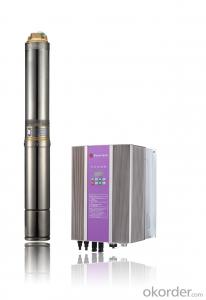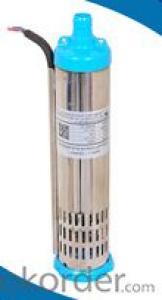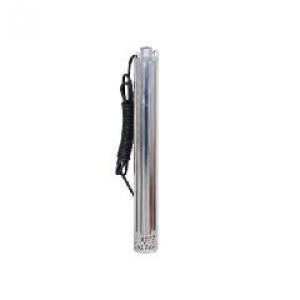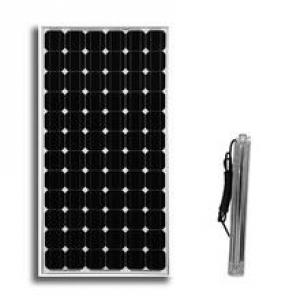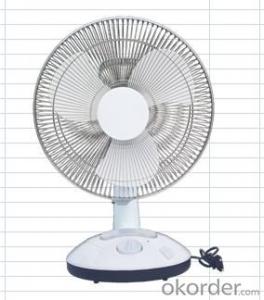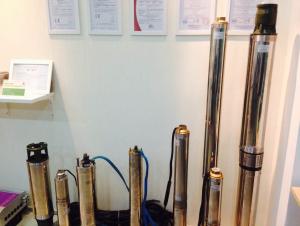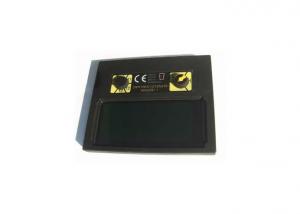Apollo Solar Inverter
Apollo Solar Inverter Related Searches
Apollo Mppt Solar Inverter Alpha Solar Inverter Aps Solar Inverter Aps Solar Micro Inverter Solar Solar Inverter Inverter Solar Solar Ac Inverter Solar System Inverter Power Solar Inverter Arduino Solar Inverter Solar Plant Inverter Ac Inverter Solar Solar Pump Inverter Solaris Solar Inverter Aurora Solar Inverter Solar Powered Inverter Solar Panel Inverter Solar Power Ac Inverter Solar Photovoltaic Inverter Power Inverter Solar Solar Pannel Inverter Solar Pro Inverter Solar Smart Inverter Falcon Solar Inverter Solar Powered Power Inverter Inverter Solar Cell Sun Solar Inverter Solar Power Inverter System Inverter Solar Pump Solar Energy InverterApollo Solar Inverter Supplier & Manufacturer from China
Apollo Solar Inverter is a high-quality product that is designed to optimize the performance of solar energy systems. These inverters are engineered to convert the direct current (DC) generated by solar panels into alternating current (AC), which can be used by homes and businesses. This conversion process is crucial in ensuring that the solar energy generated is efficiently utilized and integrated into the power grid or local electrical systems.The Apollo Solar Inverter is widely used in various applications, including residential, commercial, and industrial settings. It is particularly beneficial in areas with high solar potential, where the need for clean and renewable energy sources is growing. These inverters are also suitable for off-grid applications, providing a reliable power source for remote locations or backup power during grid outages.
Okorder.com is a leading wholesale supplier of Apollo Solar Inverter, offering a vast inventory to cater to the diverse needs of customers worldwide. With a commitment to quality and customer satisfaction, Okorder.com ensures that the Apollo Solar Inverter is available at competitive prices and with prompt delivery. This makes it an ideal choice for businesses and individuals looking to invest in reliable and efficient solar energy solutions.
Hot Products














